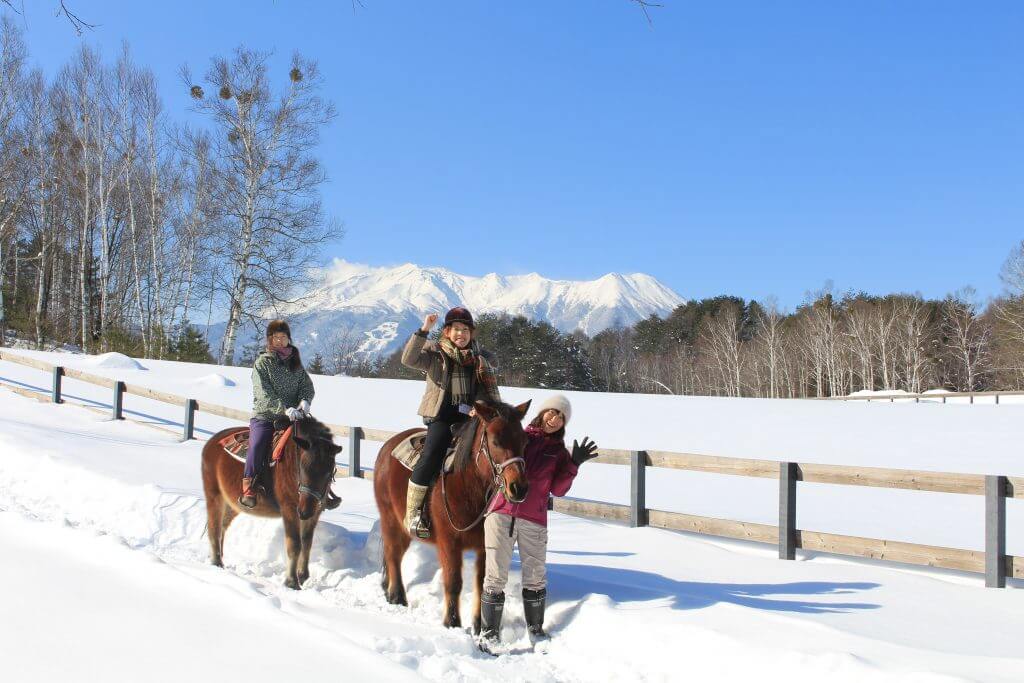
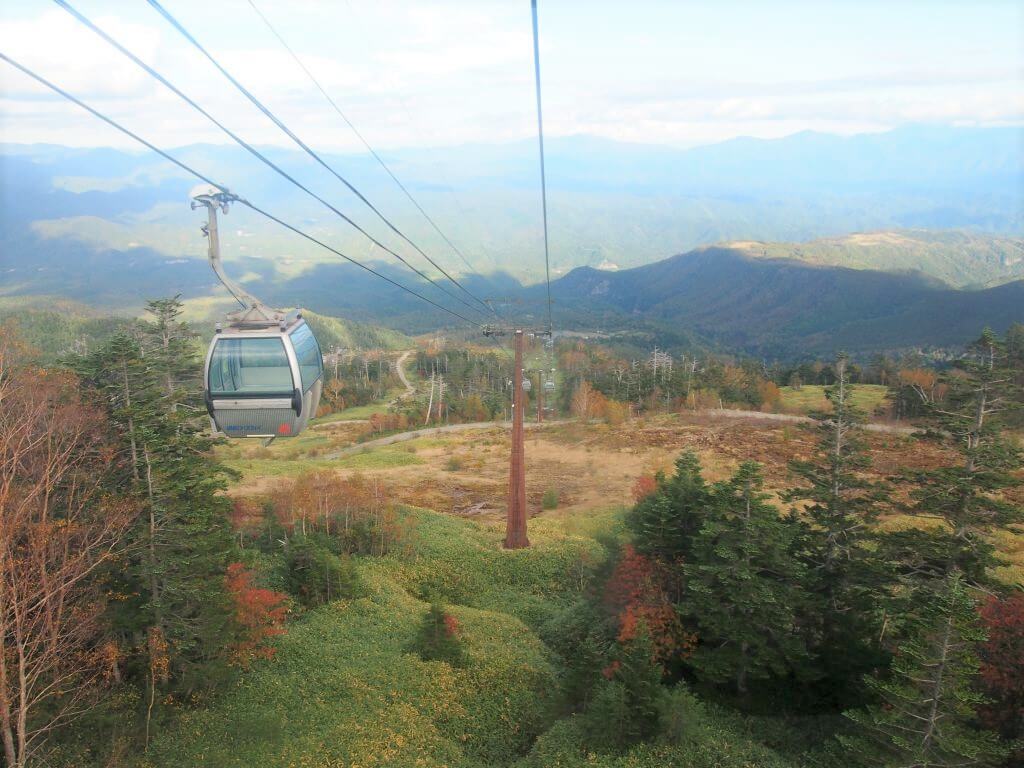
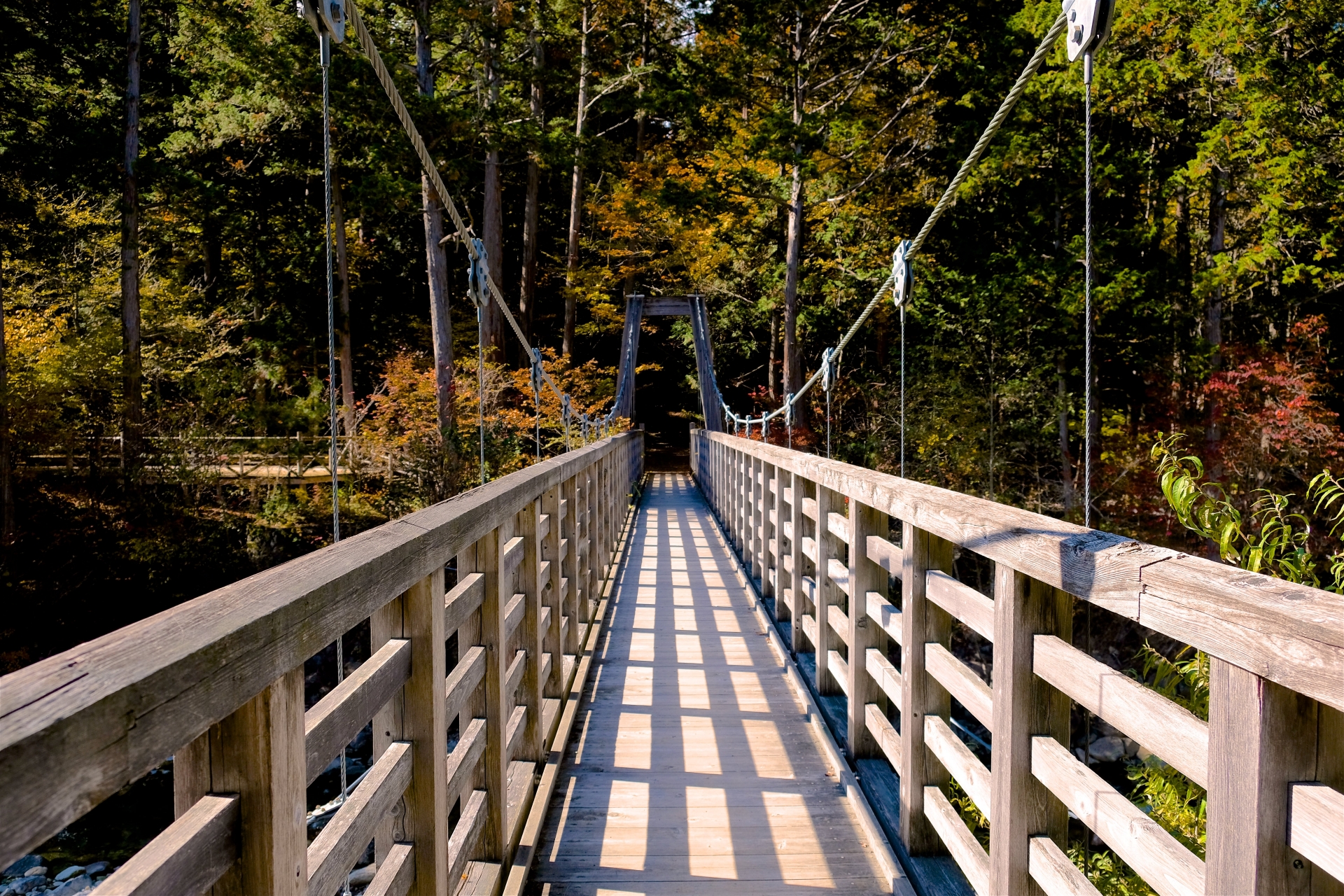
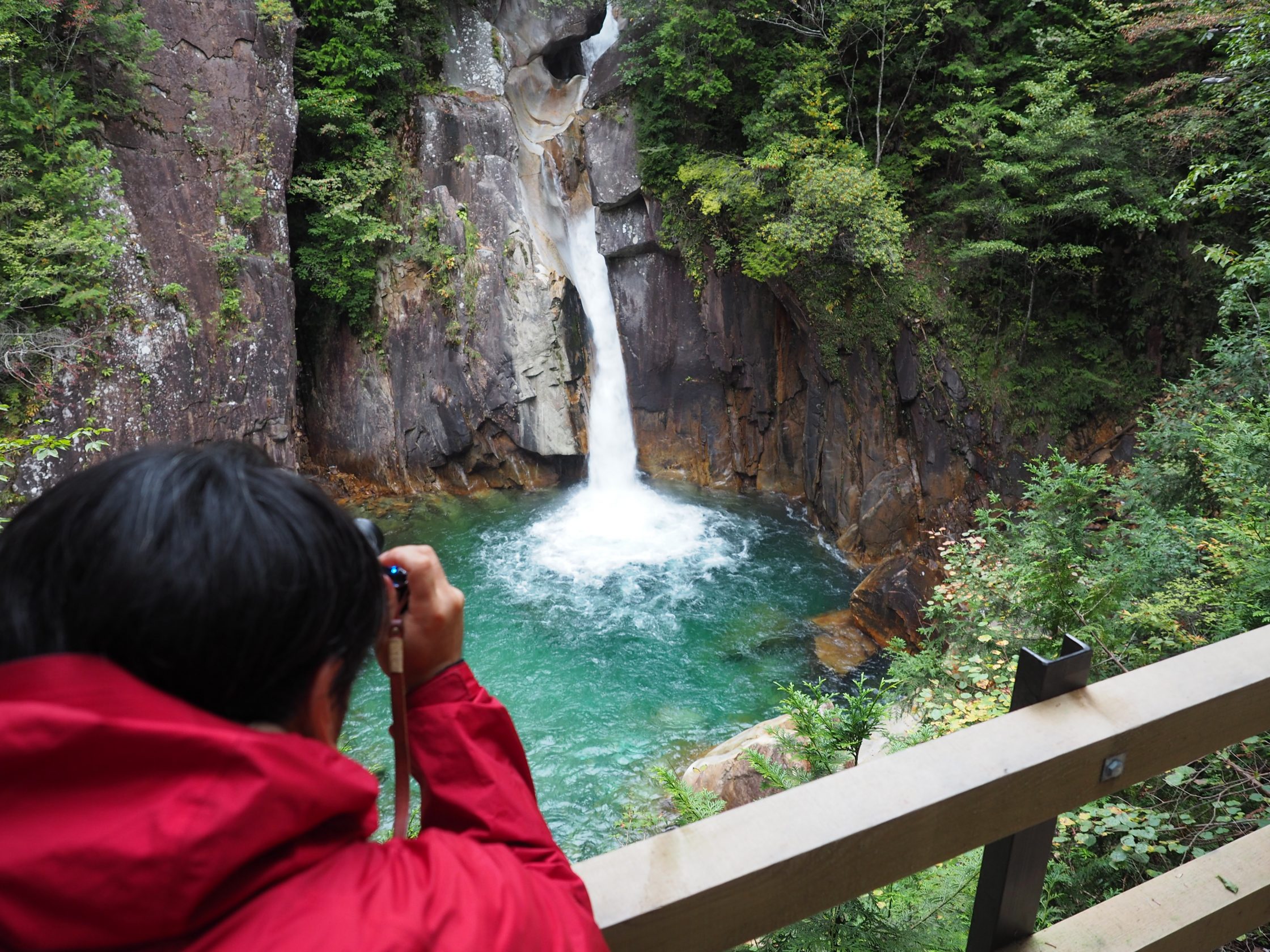
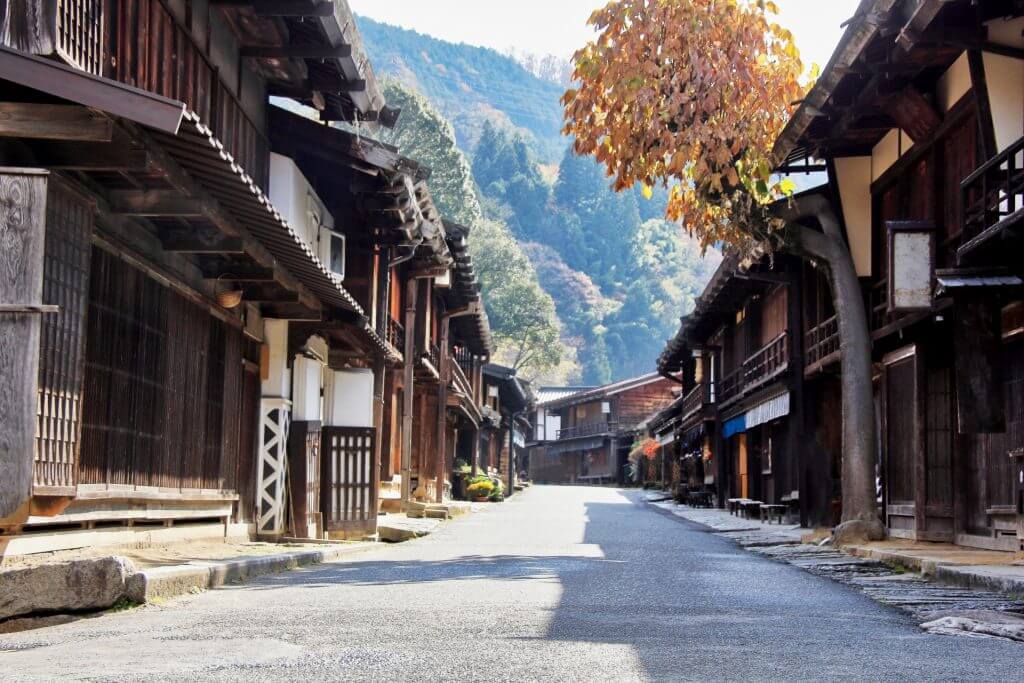
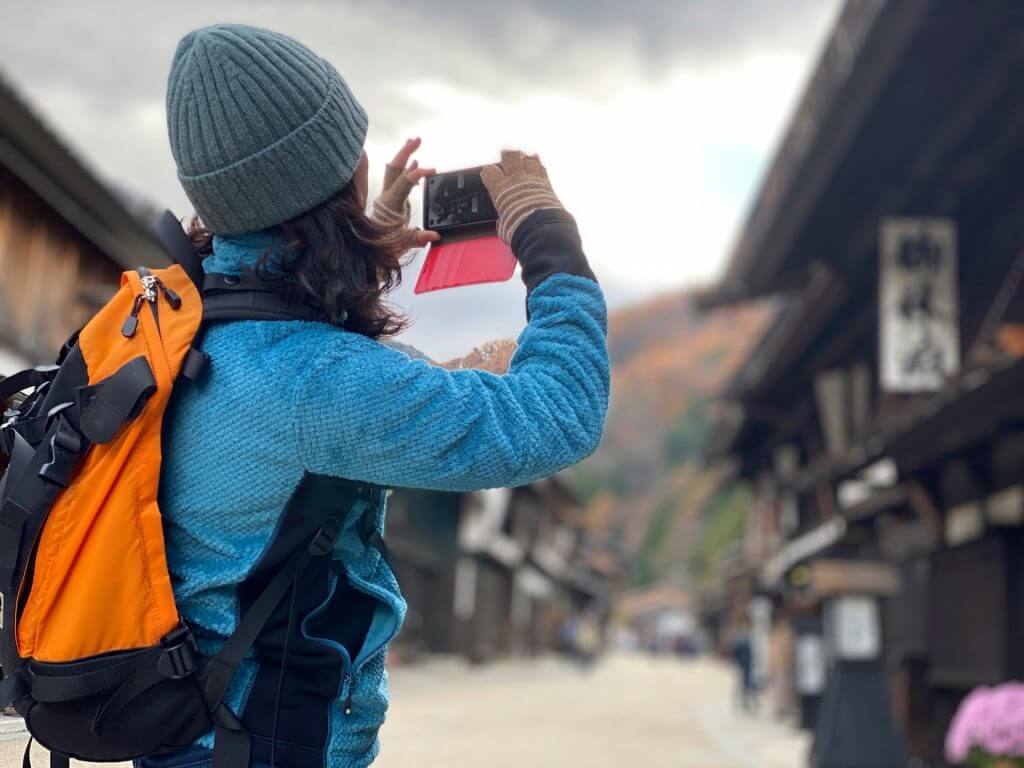
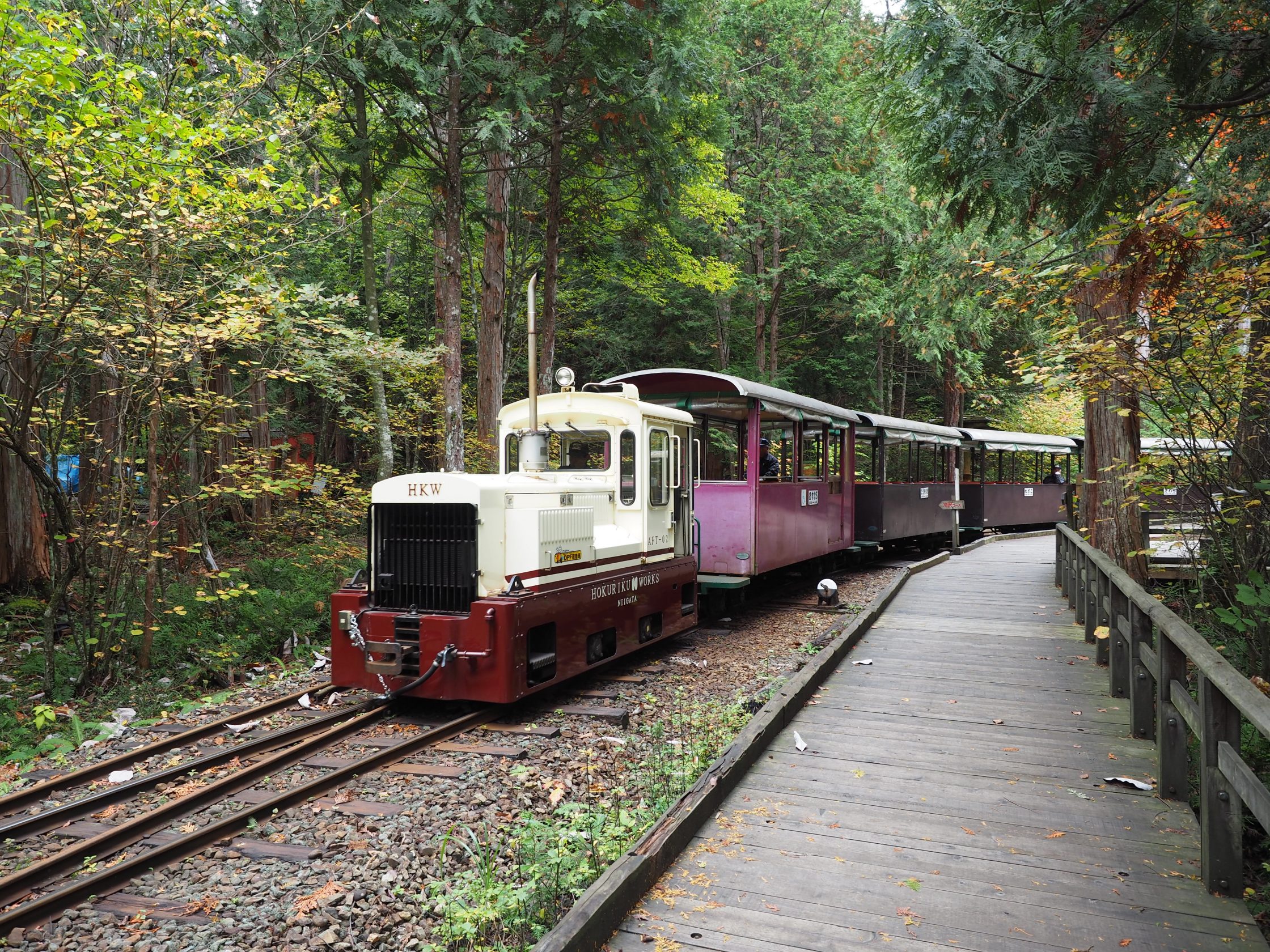
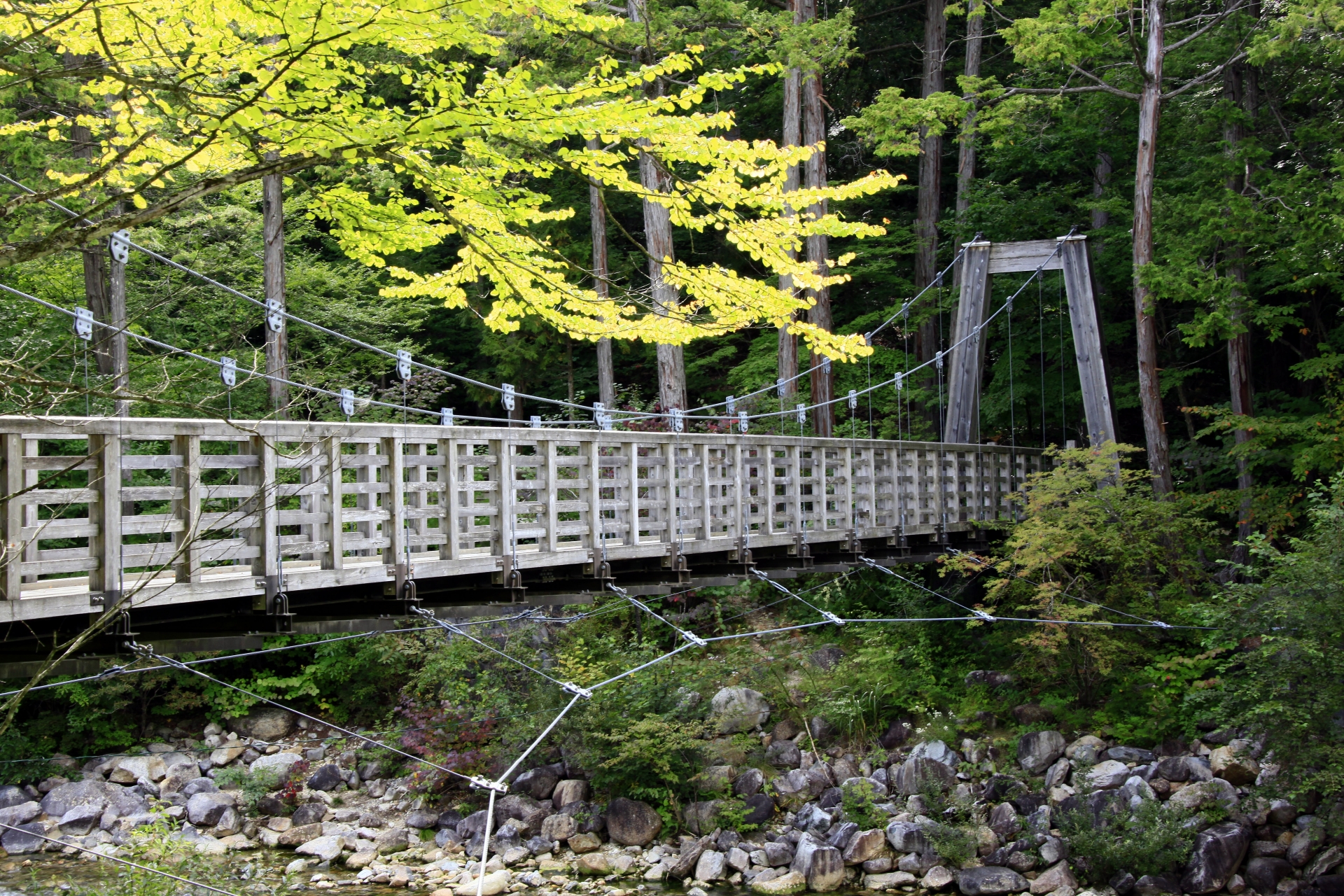
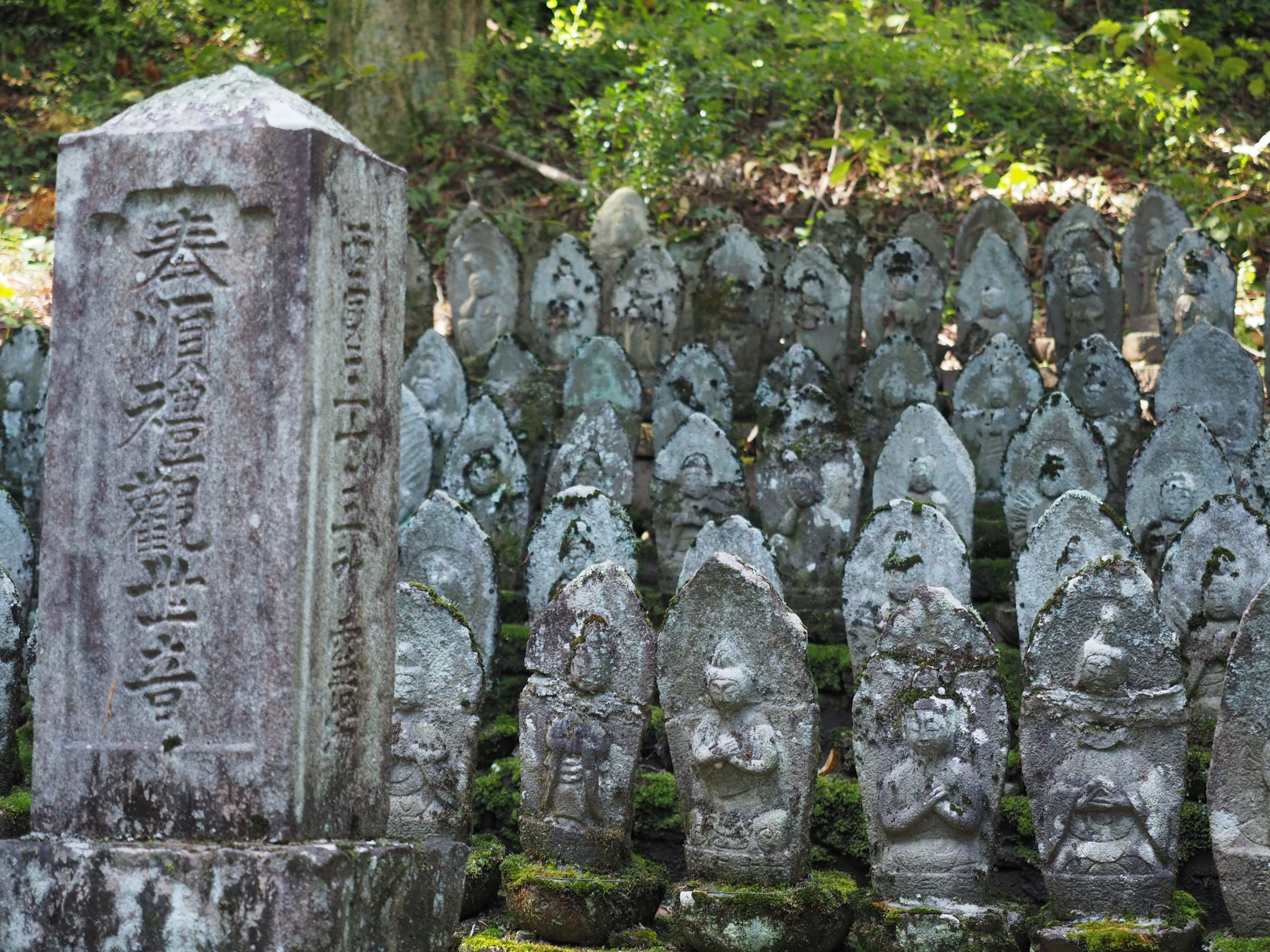
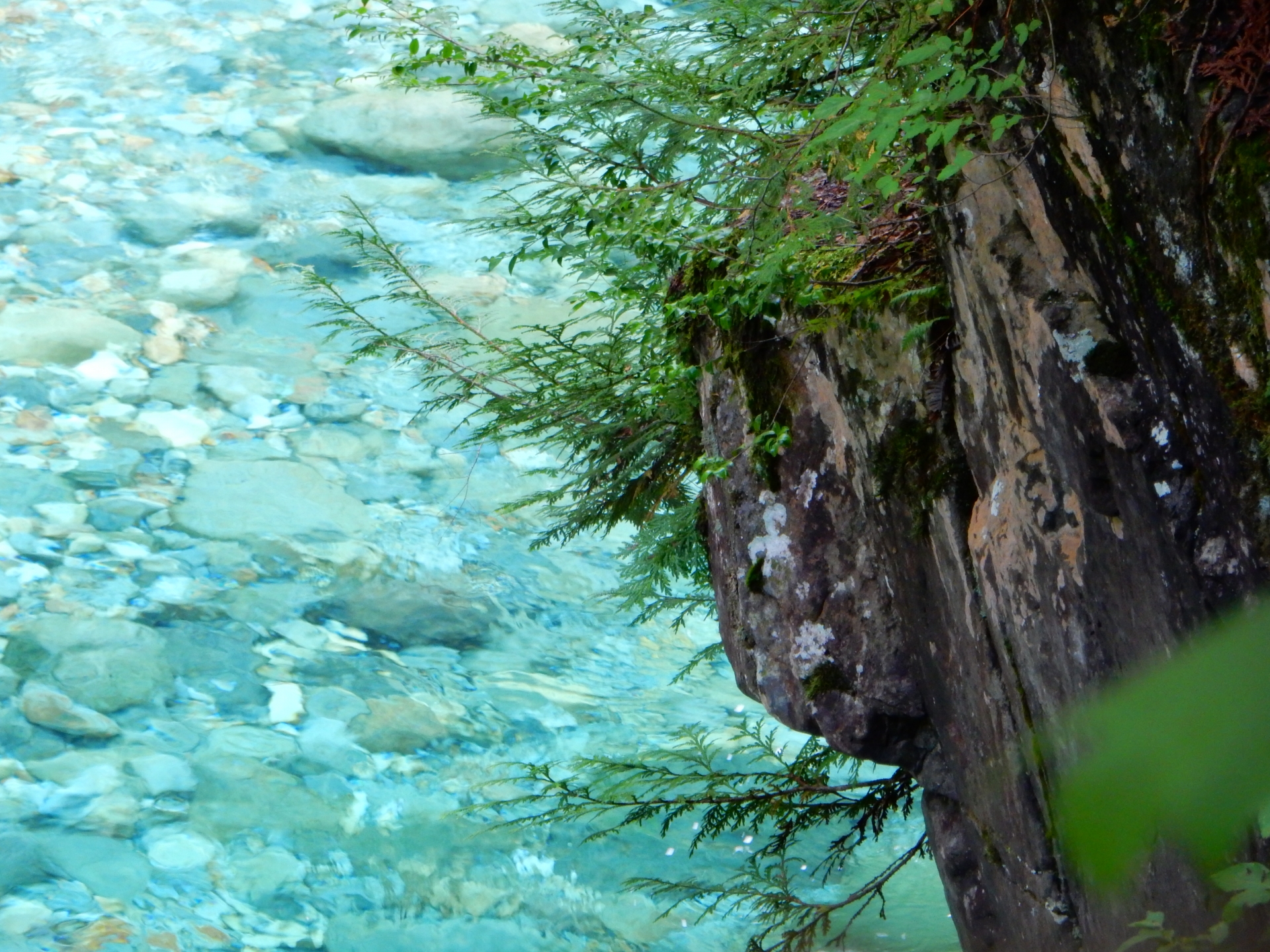










Japan's Ancient & Beautiful Heartland
| From Takayama | 3.5 - 4 hours |
|---|---|
| From Nagano/Matsumoto | 1.5 hours/40 minutes |
| From Nagoya | 1.5 hours |
| Takayama | 45 min |
|---|---|
| Kamikochi | 1.5 hours |
| Matsumoto | 40 minutes |
Japan's Ancient & Beautiful Heartland
Show detailed description Show less
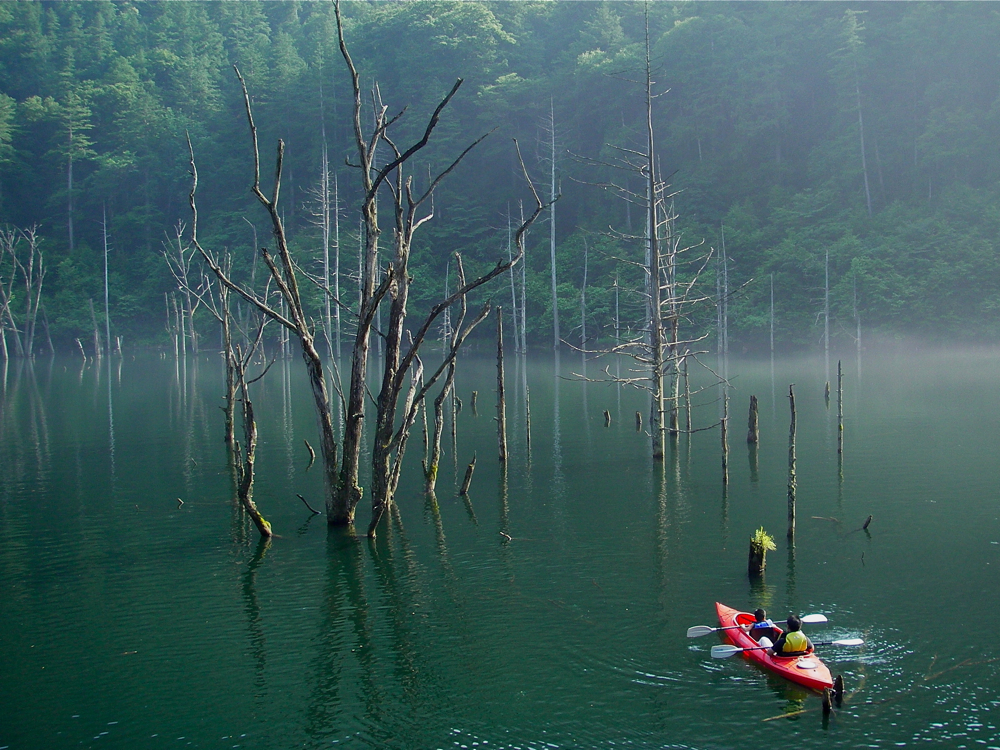
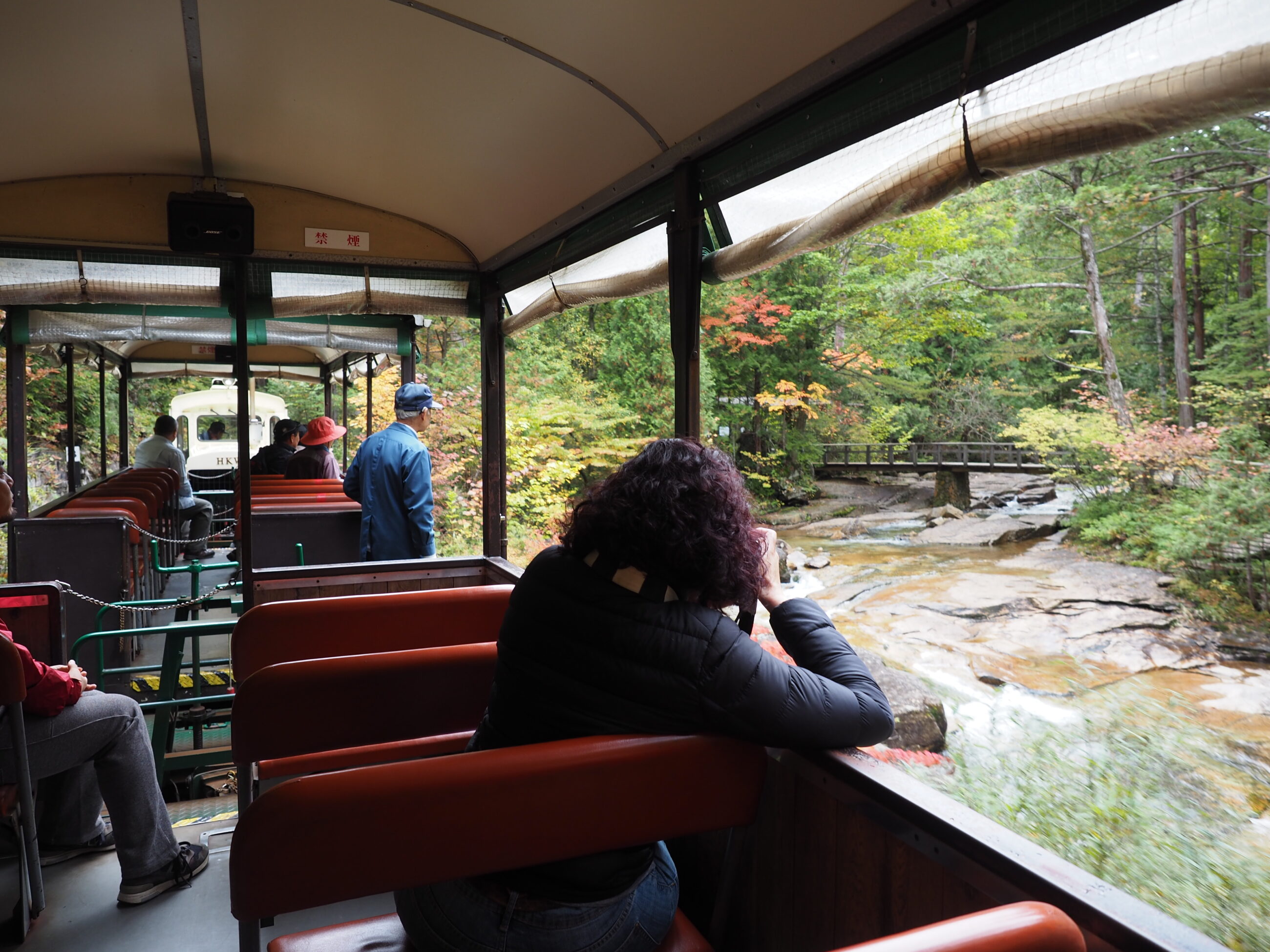
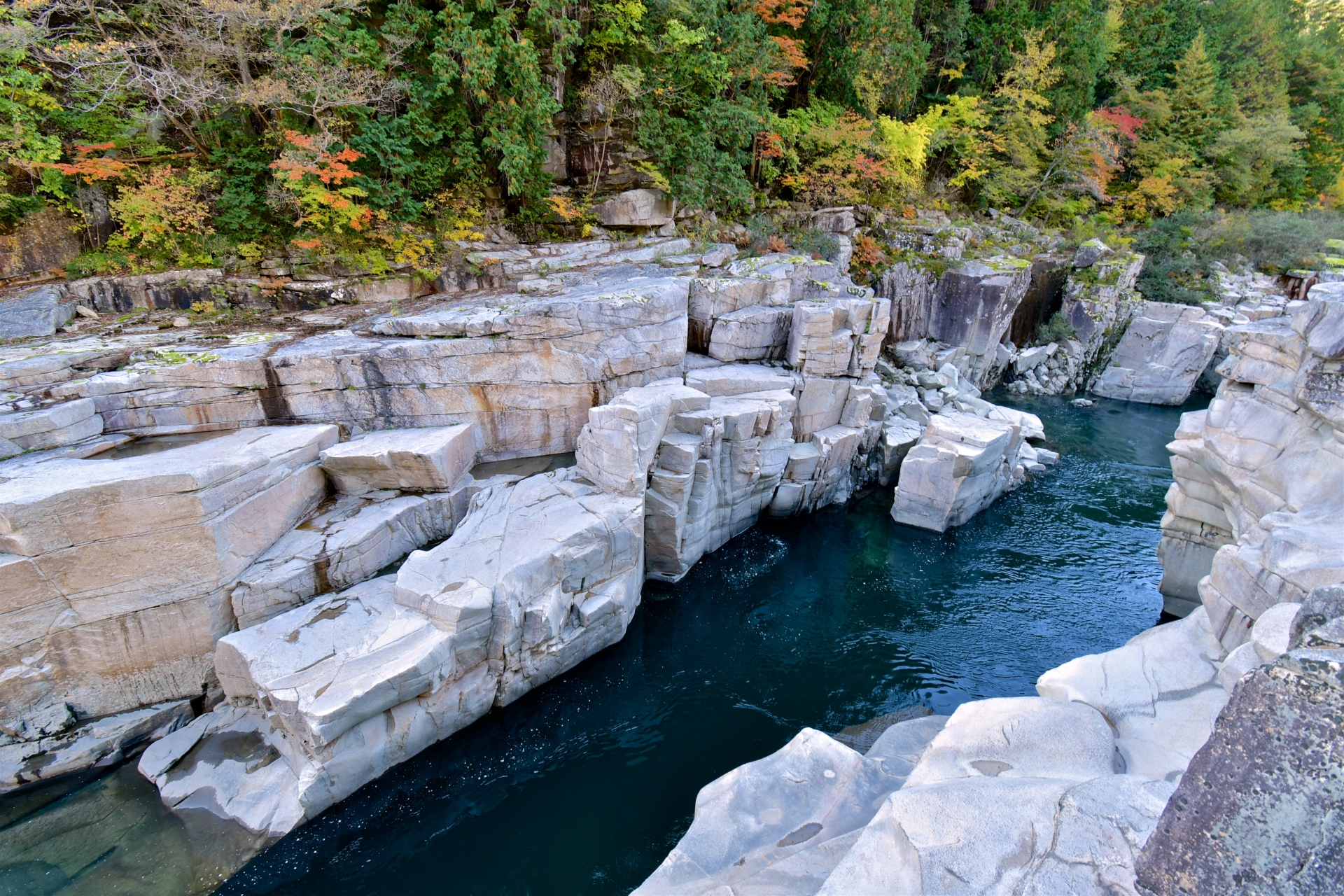
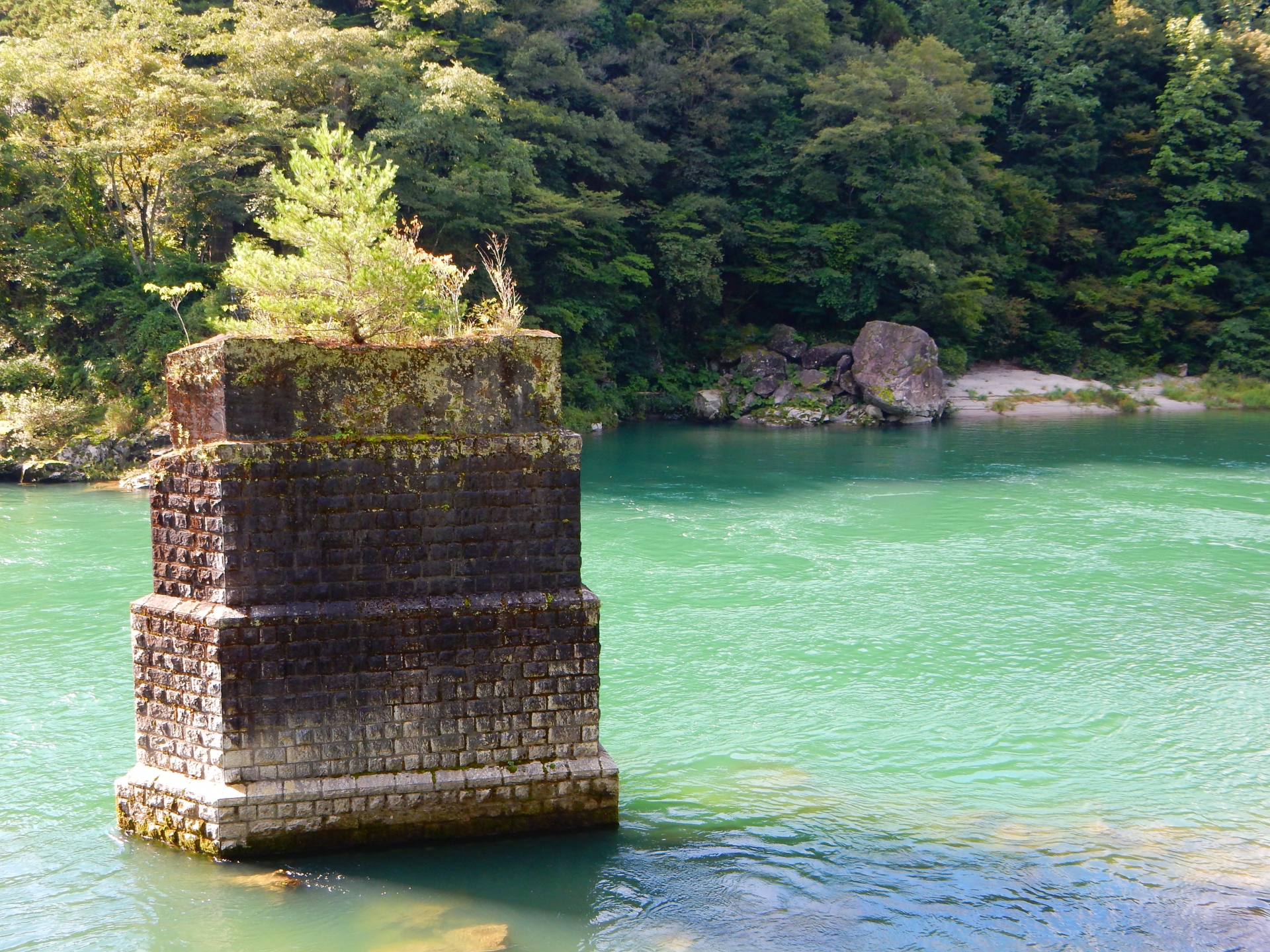
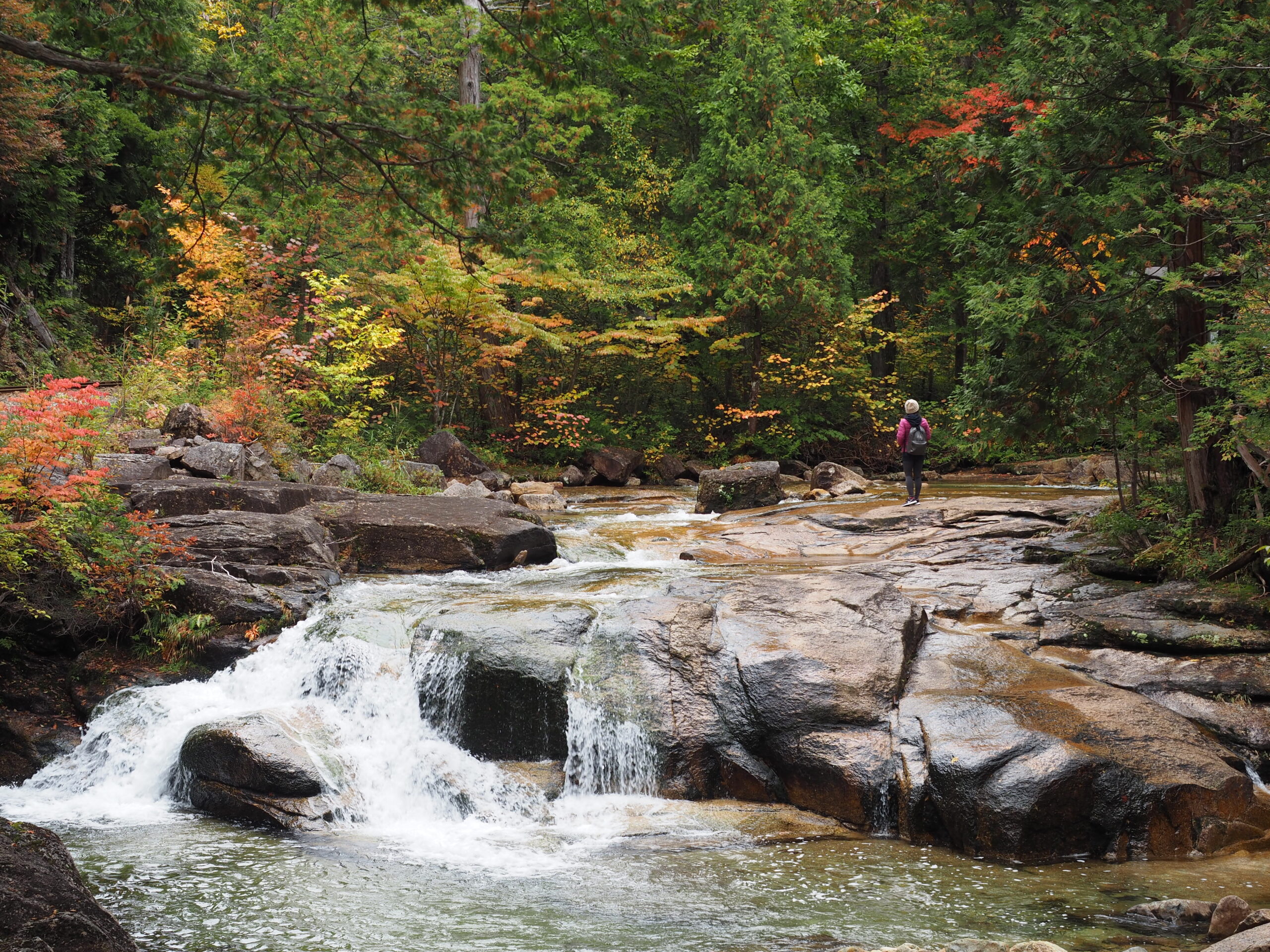
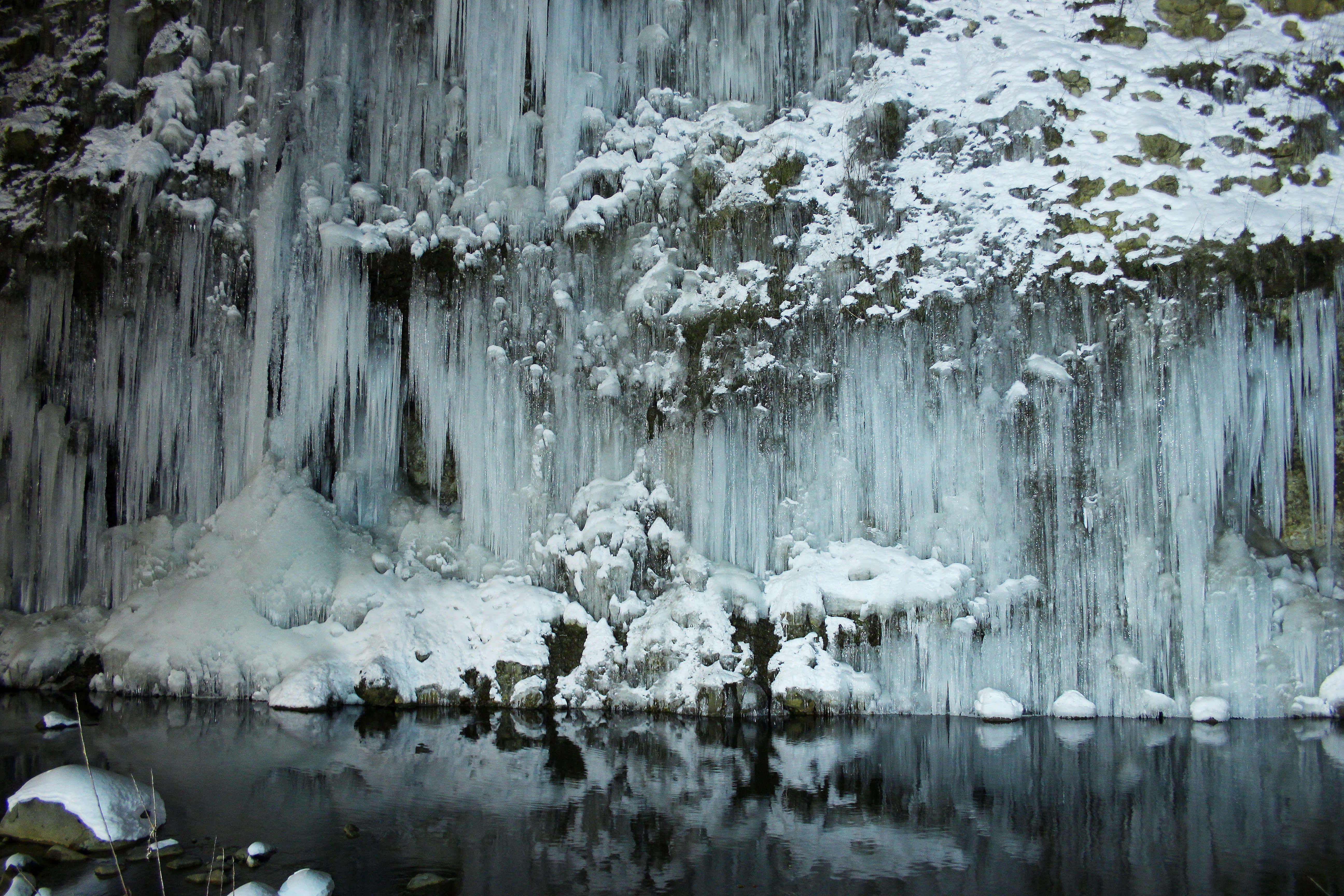
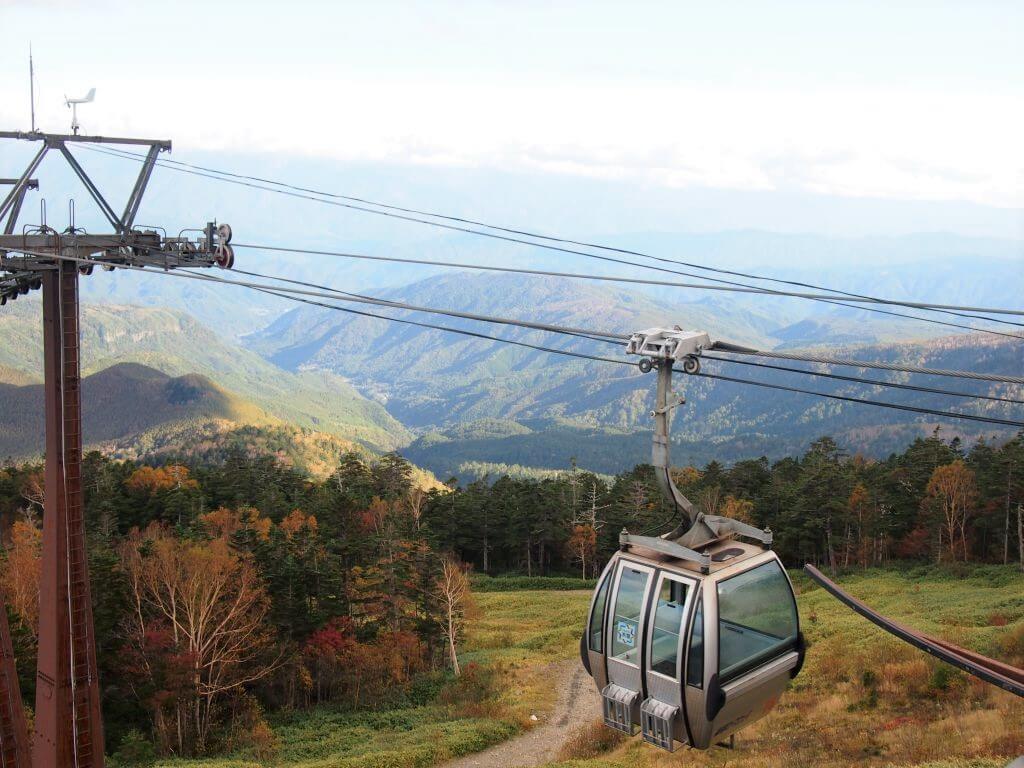
Ascend the Beautiful, Sacred Mountain
Rising to 2150 metres - the mountain's 7th station - the ropeway provides access to walking trails and dramatic alpine vistas.
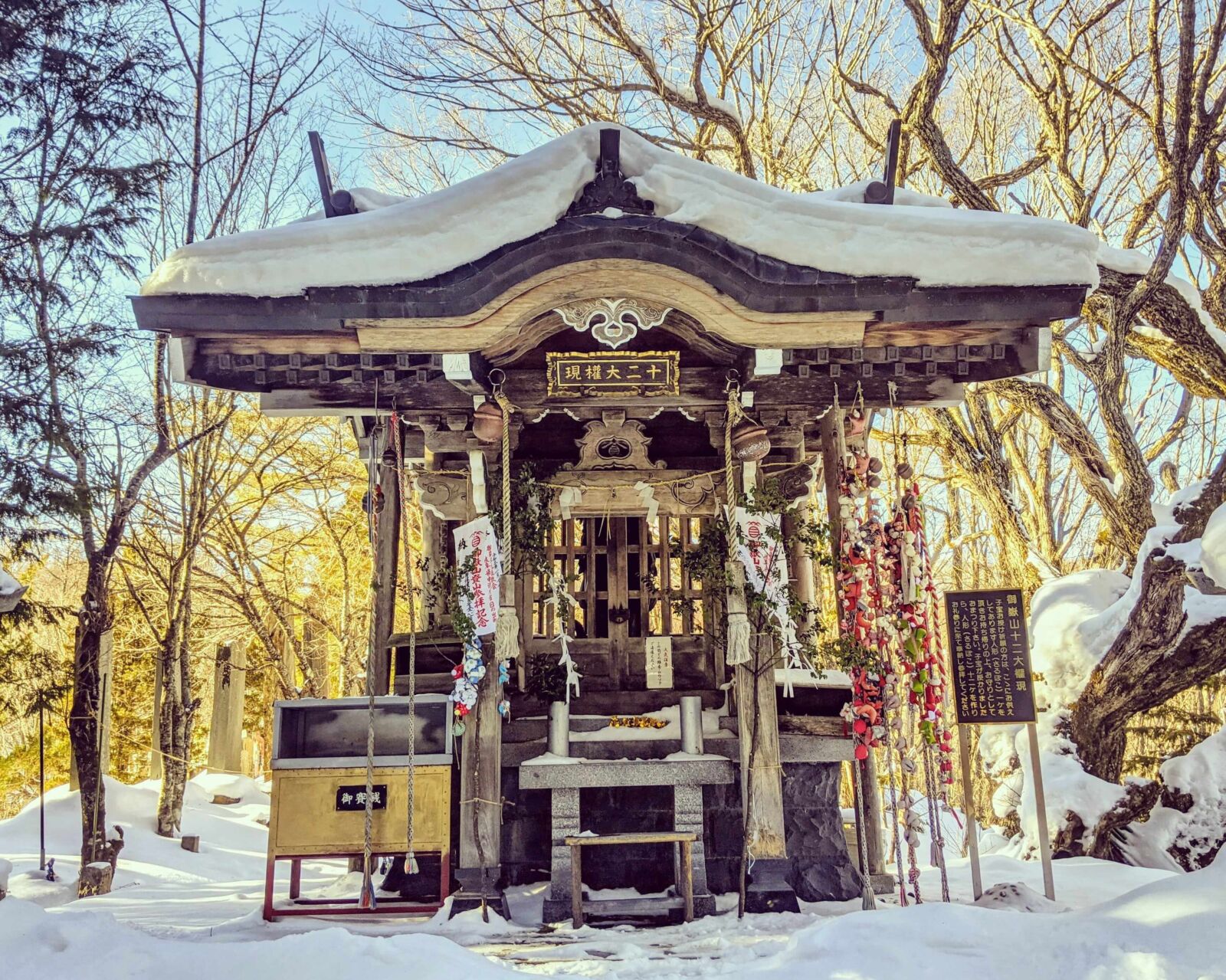
Experience the Tradition of Nature Worship
As the focal point of devotion for the 'Ontake Shinko' sect, Mount Ontake can be hiked along its historic pilgrimage trails.
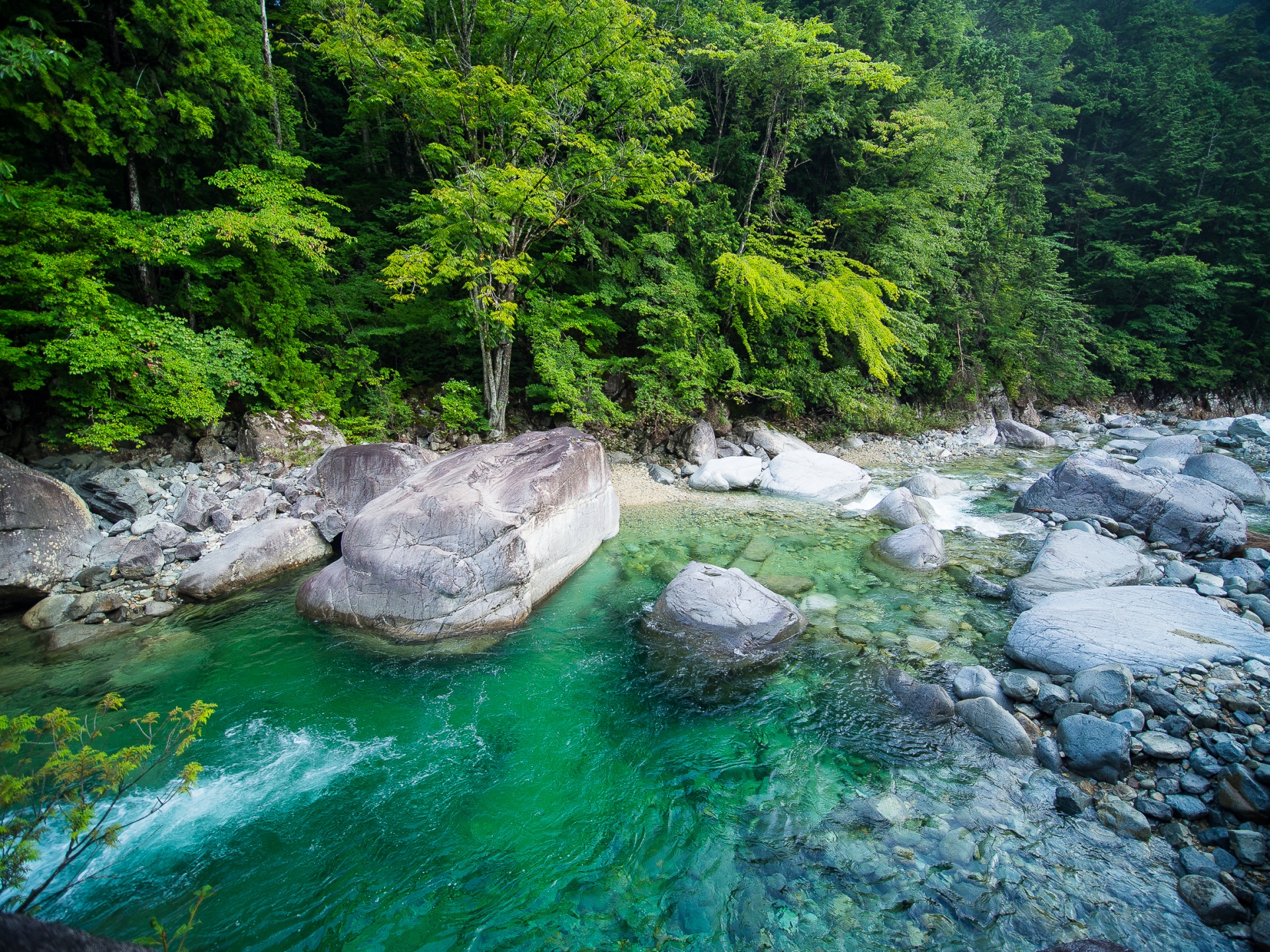
Walk the Atera River
This stunning gorge, known for its emerald waters, can be accessed via leisurely walking track.
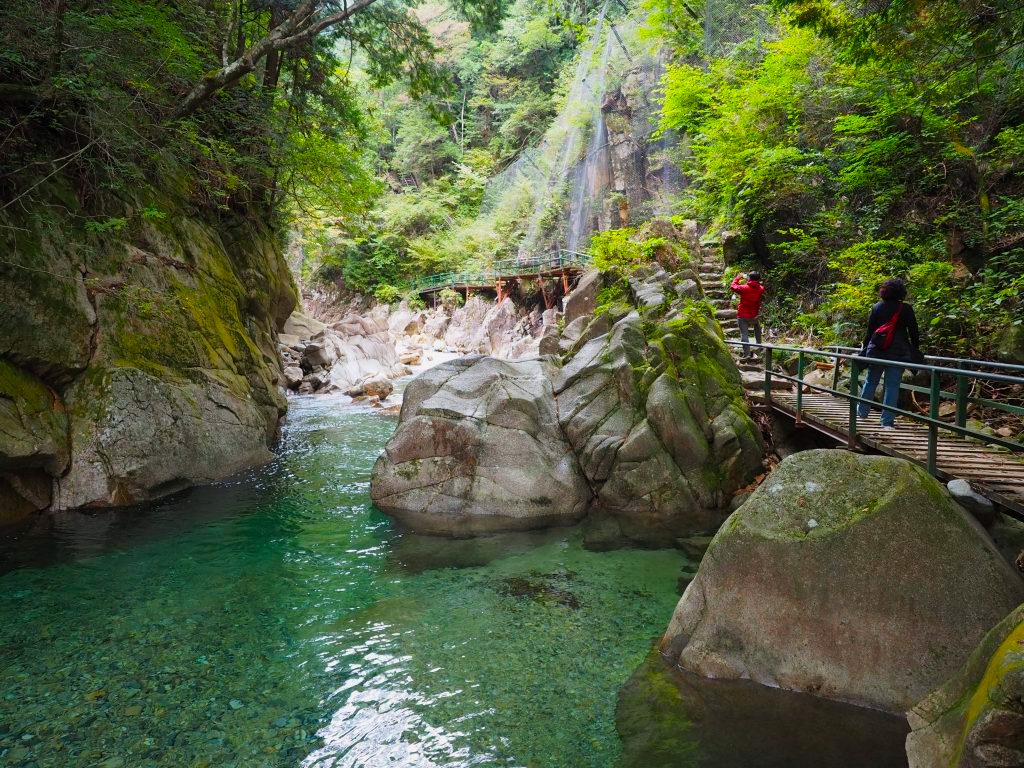
Follow the Emerald Road
Nearby Atera, Kakizore is another of the Kiso Valley's hidden jewels.
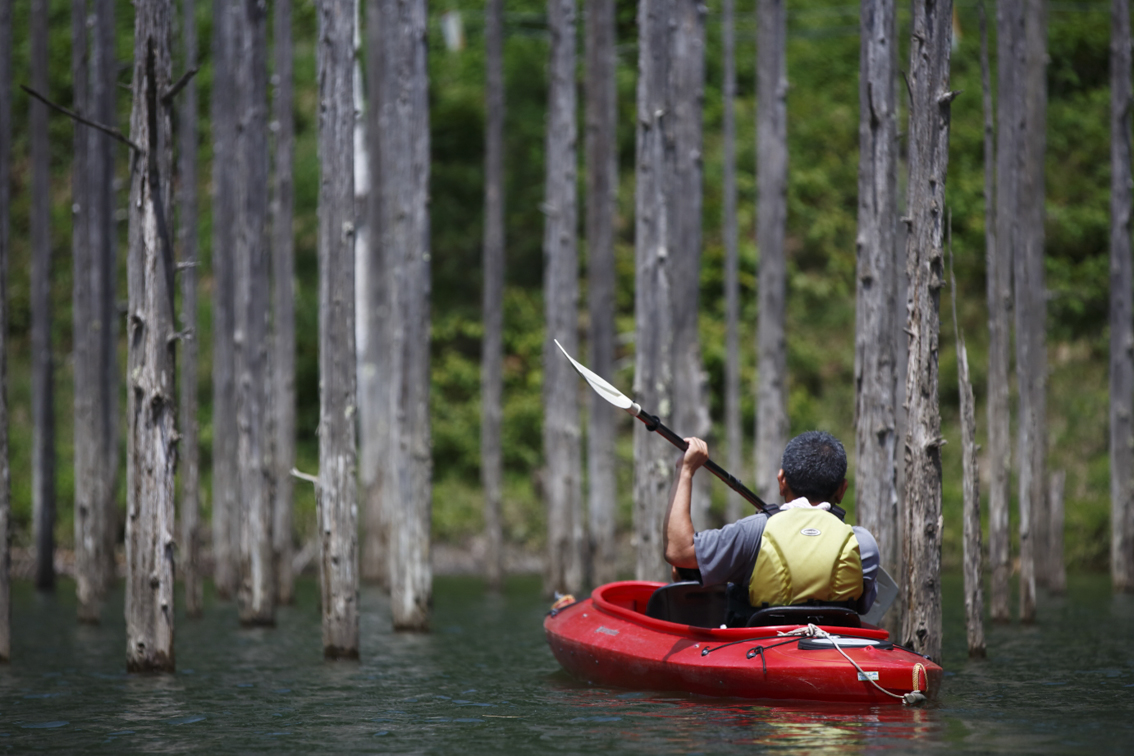
Guided Canoeing
Formed by a landslide in 1984, Lake Shizeko be enjoyed in summer with guided canoe and kayak tours.
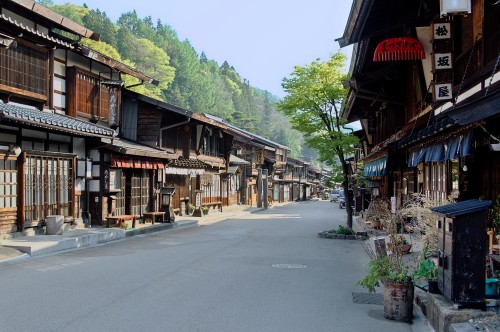
Walk the Historic Nakasendo
One of five former routes linking Kyoto and Tokyo during the Edo Period, the Nakasendo can still be walked today.
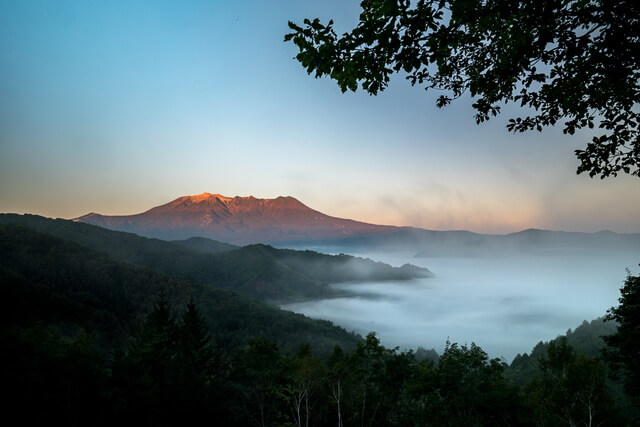
Go Deep into the heart of Japan
Ascend the Ontake Ropeway to its highest station and descend back to the world below through its sacred forests, led by a locally-based guide.
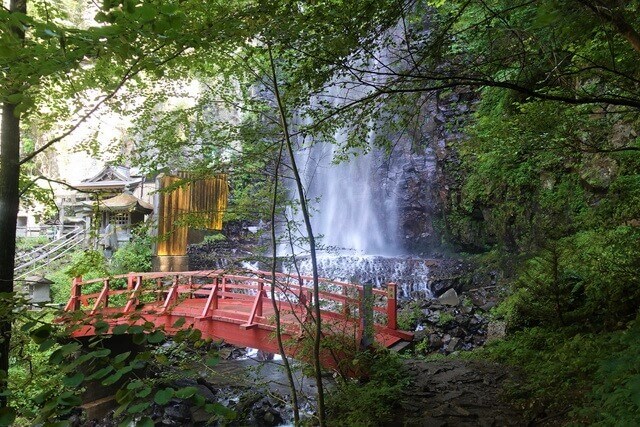
On the Trail of the Gods
Be guided along 'Ontake Kodo' and deep into the heart of Japan and its timeless tradition of nature and mountain worship.
| From Takayama | 3.5 - 4 hours |
|---|---|
| From Nagano/Matsumoto | 1.5 hours/40 minutes |
| From Nagoya | 1.5 hours |
| Takayama | 45 min |
|---|---|
| Kamikochi | 1.5 hours |
| Matsumoto | 40 minutes |